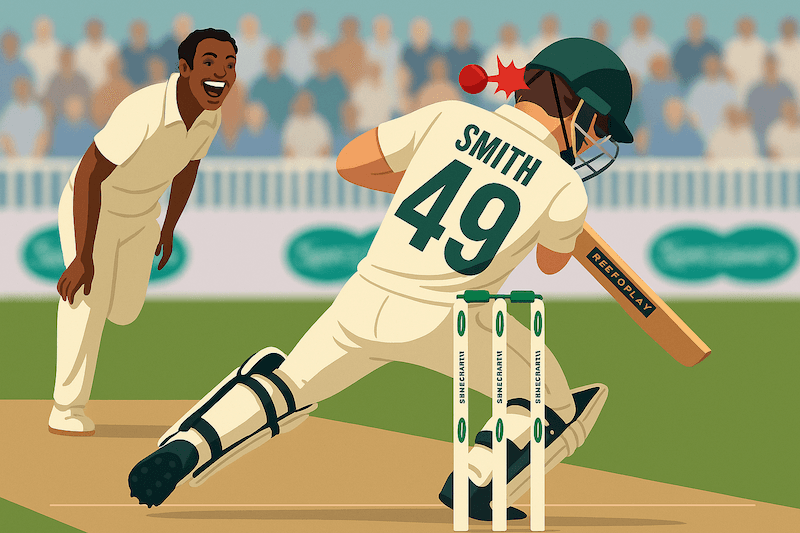
A close contest is underway. The bowler hits the pad. The fielders shout loudly. The umpire raises his finger. The batter asks for a review. The big screen shows pitching, impact, and wickets. At that moment you may wonder, what is LBW, how do umpires decide, how does technology check it, and why do players still argue about the final call. This article explains LBW step by step. It uses simple examples.
What is LBW?
- LBW means “leg before wicket,“ and it is one of the ways a batter can be given out in cricket.
- It applies when the ball would have hit the stumps, but the batter’s pad or body stops it before the bat does.
- If the bat or glove hits the ball first, LBW does not apply.
When is it Out and When is it Not?
- It is out when:
- The ball does not pitch outside leg stump.
- If the batter is playing a shot, the ball hits the pad in line with the stumps.
- If the batter offers no shot, even impact outside off stump can still be out if the ball was going on to hit the stumps.
- The ball hits the pad or body before it touches the bat or glove.
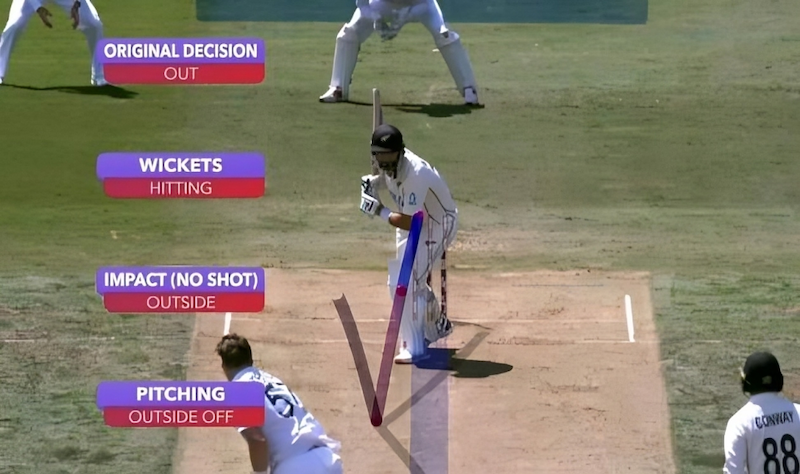
- It is not out when:
- The ball pitched outside leg stump.
- The impact was outside off stump while a shot was offered.
- The bat or glove touched the ball before the pad or body.
- Ball-tracking shows the ball would miss the stumps.
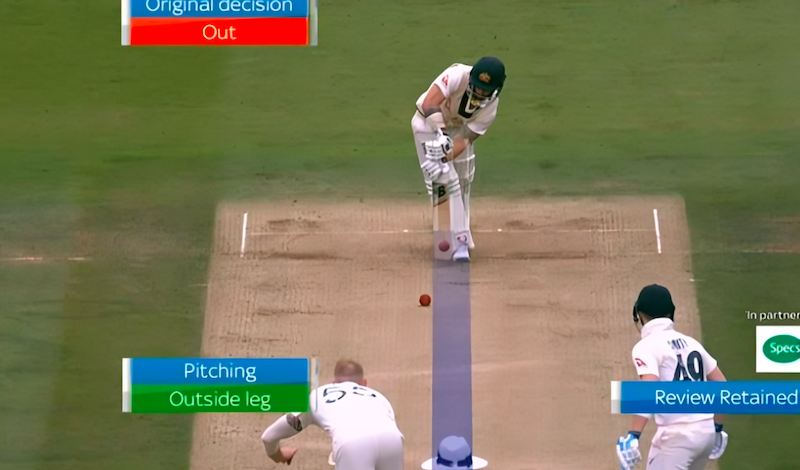
Right-Hand Batter and Left-Hand Batter
- The law is the same for right-handers and left-handers; only “off” and “leg” sides swap.
- “Pitched outside leg” is always not out, for both right-handers and left-handers.
- A right-hander moving across and offering no shot can still be out if tracking shows the ball would hit the stumps.
- A left-hander is protected the same way by the “pitched outside leg” clause.
Explore More Stories
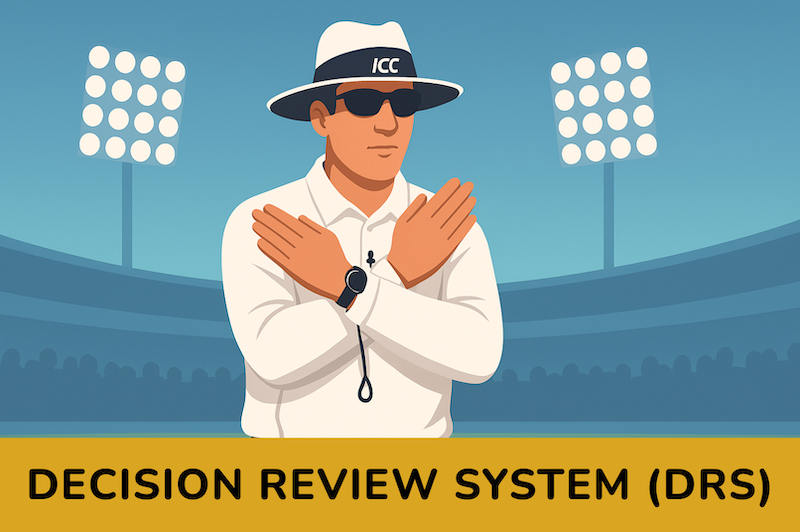
The Uneasy Marriage of Technology and Umpiring: How DRS Changed Cricket
When one wrong decision could change the course of history, cricket turned to technology. From Bucknor’s blunders to the birth of DRS, this is the story of how the game learned to trust machines without losing its human heart.
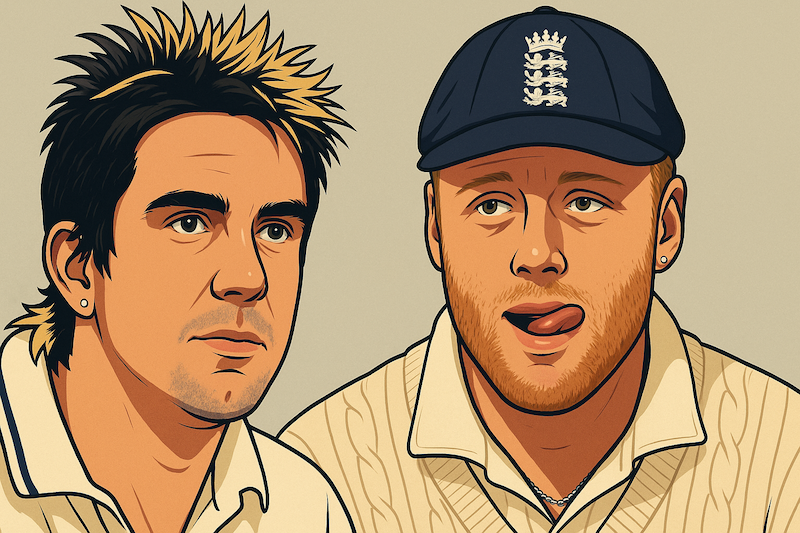
2005 Ashes: The Summer Cricket Became Theatre
The 2005 Ashes was more than just a cricket series. It was a rollercoaster of emotion, courage, and unforgettable moments that brought Test cricket back to life. England’s long wait finally ended, and the world watched history unfold.
What is DRS and What is On-Field (Umpire’s) Call?
- DRS is the Decision Review System that lets teams challenge an umpire’s decision.
- The third umpire checks in a fixed order:
- No-ball
- Pitching,
- Impact
- Whether the ball would hit the stumps.
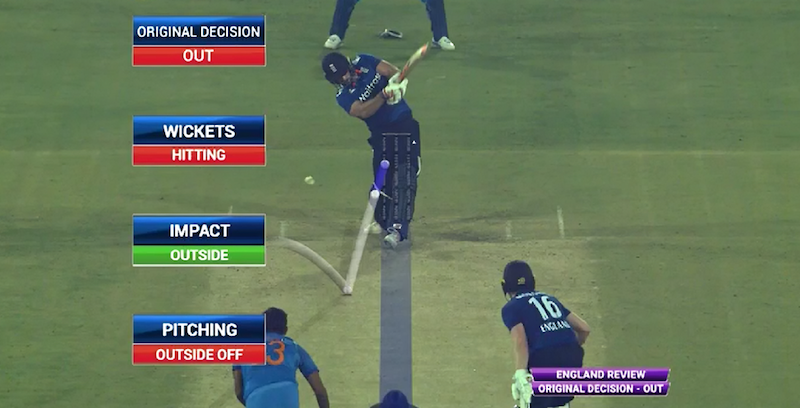
- Ball tracking is used to show the ball’s path; Hot Spot and Snicko help with bat or glove edges.
- Umpire’s call keeps the on-field decision when the evidence is only “clipping” a zone (very marginal).
- If it is umpire’s call, the team does not lose its review, and the original decision stands.
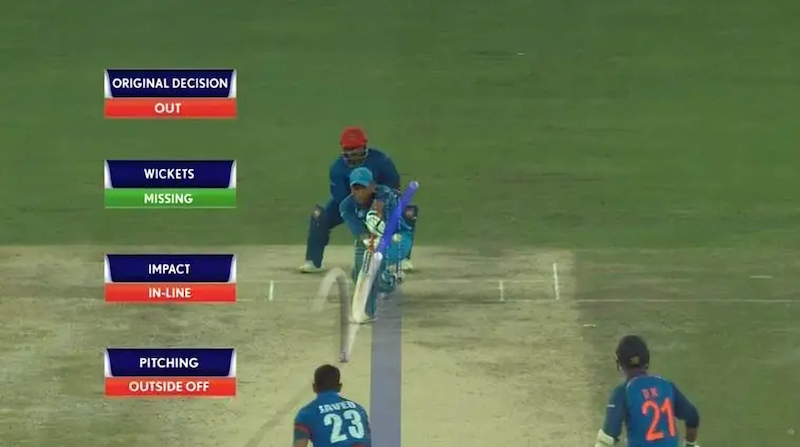
Why Umpire’s Call is Debated?
- Some legends argue it is unfair because if tracking shows the ball is hitting the stumps, it should be out every time.
- Others say it is needed because tracking is a projection with a margin of error on very close calls.
- The compromise aims to respect both technology and the on-field umpire in knife-edge situations.
Examples and Common Questions
- A batter plays a shot; the ball pitches in line, hits the pad in line, and tracking shows hitting leg stump: Out.
- The ball pitches outside leg, hits the pad, and tracking shows hitting the stumps: Not out (pitched outside leg always protects).
- No shot offered; ball pitches in line, hits pad outside off, and tracking shows hitting the stumps: Out.
- Inside edge onto the pad and tracking shows hitting: Not out (bat or glove first beats LBW).
- “Why does the screen show the ball hitting but the result is Not Out?” Because it was umpire’s call and the on-field decision was not out.
- “Is the rule different for left and right handers?” No. Only the geometry changes.
In Simple Terms
- Think of 3 checks: where it pitched, where it hit, and would it hit the stumps.
- DRS helps with pictures and sound, and umpire’s call leaves very close decisions as the umpire gave them.
- This balance keeps players safer from bad guesses, uses tech to clarify, and accepts that cricket still has fine margins.




